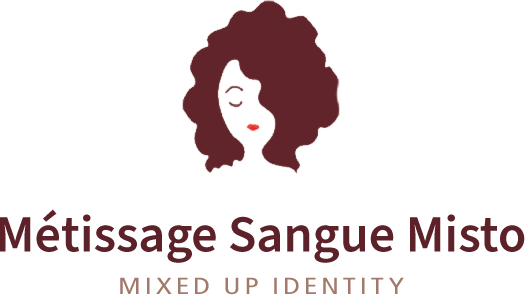See on Scoop.it – THE ONE DROP RULE – LA REGOLA DELLA GOCCIA UNICA
I was pleased to see that the New York Times published a letter pointing out that it has long been known that the human species has no biological races, and that the race concept has a long history of being used in the service of social injustice. I was delighted that the paper invited readers’ responses to the topic, and surprised to see that the “Invitation to a Dialogue: The Myth of ‘Race’” included the title of my recent book. Naturally, I submitted a response; and though I was disappointed that it was not included, I was upset at the way the published Dialogue ignored the cultural dimension of the race concept.
On the positive side, the Dialogue brings out the key point that the human species has no biological races, and recognizes that race is a cultural construct, rather than a biological reality. Unfortunately, though, the entire Dialogue is written from an American point of view. There is no recognition that the concept of race varies greatly from culture to culture. Not only is the rest of the world not included as part of the Dialogue, but it is as if American citizens who are immigrants are irrelevant to the discussion. For example, Brazilians and Haitians have conceptions of race that are strikingly different from what they encounter in the United States, and strikingly different from each other.
Ethnocentrism involves seeing the world through the lens of one’s own culture, and treating what one sees as reality—instead of one particular cultural interpretation of phenomena. New York City is perhaps the most culturally diverse city in the world, with immigrants from everywhere. Brazilian Americans, Haitian Americans, and others are Americans too; and their cultural realities need to be part of discussions of race—especially in a New York City newspaper.
***
For what it is worth, here is the relevant part of my unpublished contribution to the Dialogue:
The apparently straightforward concept of race is actually a confused mixture of two different concepts; and the confusion often leads to miscommunication. As John L. Hodge [the author of the letter that led to the Dialogue] points out, the first concept, biological race, simply doesn’t exist in the human species. Instead, what exists is gradual variation in what people look like (e.g., skin color and facial features) and in their genes, as you travel around the planet–with more distant populations appearing more different than closer ones. If you travel in different directions, the populations look different in different ways.
The second concept, social race, is a set of cultural categories for labeling people based on how their ancestors were classified, selected aspects of what they look like, or various combinations of both. These sets of categories vary widely from one culture to another in systems anthropologists call folk taxonomies. The American folk taxonomy is based on ancestry, referred to as “blood.” In contrast, the Brazilian folk taxonomy is based on what people look like, and uses words like “tipo,” (type) or “cor” (color). One study in the Brazilian northeast by the Instituto Brasileiro de Geografia e Estatística—the IBGE is responsible for Brazil’s census—asked people what color they are, and received 134 different answers. Research I did on the race concept in eight cultures found eight different systems of classification.
In addition to Americans confusing the biology of human variation with our folk concept of race, cultural misunderstandings also arise when we speak about race with people from another culture. As can be seen in the above example, “race” (American English) and “raça” (Brazilian Portuguese) have very different meanings.
***
Much of my book The Myth of Race and many of the pieces on this blog are devoted to the concept of race, and especially to differences in the concept of race in different cultures. At times it can be challenging trying to get the word out.
http://www.psychologytoday.com/blog/looking-in-the-cultural-mirror/201307/the-myth-race-again




